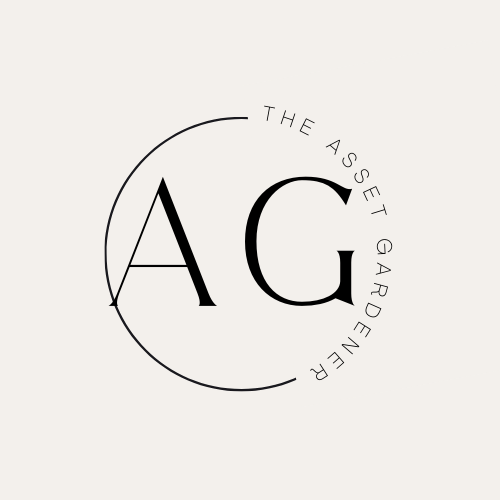
Understanding Employee Accountability in Today’s Work Environment
In an age where remote and hybrid work is becoming the norm, the concept of employee accountability takes on significant importance. It's no longer just about completing tasks on time; it's about owning outcomes and being fully engaged with one’s work. A workforce that embraces accountability is one that communicates expectations clearly, defines specific goals, and checks in regularly to adjust strategies as needed.
However, as organizations adapt to changing work environments, many leaders struggle to maintain clarity and consistency. A lack of visibility in remote settings can lead to confusion and disengagement, much like a relay race where participants are unsure of when to take their turn. When expectations vary and accountability wanes, even the most dedicated employees may lose momentum. This is where employee accountability software steps in to create a smoother operational flow.
The Role of Employee Accountability Software
Employee accountability software plays a vital role in offering insights into how work is performed. It aids managers and team members by offering shared visibility into daily activities, time tracking, task completion, and individual contributions—all of which can be crucial for team coordination, especially in remote or hybrid contexts. By providing real-time data and analytics, these tools empower employees to take charge of their responsibilities and help leaders make informed decisions.
Top Employee Accountability Software for Enhancing Team Performance
When it comes to choosing the right employee accountability software, there are numerous options available. Based on various features, pricing, and user feedback, consider the following top solutions:
- Time Doctor: Known for its task tracking and reporting features.
- Toggl Track: Offers simple time tracking and project management tools.
- Clockify: A free time tracking tool suitable for various teams.
- DeskTime: Combines time tracking with productivity analysis.
- ActivTrak: Focuses on employee monitoring and workflow improvements.
- Hubstaff: Features time tracking, productivity monitoring, and team management.
- Teramind: Provides extensive monitoring capabilities, ensuring compliance and productivity.
- SentryPC: Offers user activity tracking and web filtering functionalities.
- Zoho Projects: A comprehensive project management tool with time tracking features.
- ActiveCollab: A collaboration platform integrating task management and time tracking.
The Importance of Visibility and Clarity
The key takeaway for organizations investing in accountability software is the importance of clarity. When employees know their responsibilities and have the tools to track their progress, accountability becomes a shared goal. This is particularly essential in a world where more professionals are choosing to work flexibly. Quality software not only tracks time but also fosters a culture of transparency—helping teams understand their workloads and encouraging interaction among members.
Future Outlook: The Evolving Landscape of Employee Accountability
As remote and hybrid work arrangements continue to evolve, so too will the technology designed to support them. Software that enhances accountability will likely become more integrated with artificial intelligence and machine learning capabilities, allowing for smarter data analysis and predictive insights into workloads and employee performance. The future of work will depend heavily on these advancements—enabling teams to function seamlessly, even from afar.
In conclusion, leveraging employee accountability software is a critical step for organizations aiming to maintain productivity and engagement in an increasingly remote work landscape. By investing in the right technology, companies can foster a culture of accountability and transparency, setting a foundation for sustained success.
As the work environment continues to evolve, consider evaluating your organization’s approach to accountability and the tools you utilize. Make informed decisions that will support your employees in achieving their best work.
 Add Row
Add Row  Add
Add 




Write A Comment